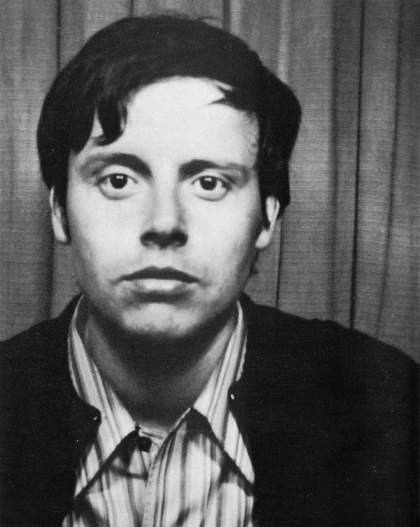Born 1937 in Berlin, Germany. Lives and works in Frankfurt am Main.

Thomas Bayrle
Courtesy the artist
Thomas Bayrle’s pioneering work is characterised by an obsessive preoccupation with repetition and grid structures, conceiving and representing the world around him as a multitude of social threads. Bayrle began his career as a designer and, after an apprenticeship within a textile factory, he became fascinated by mechanisation and its repetitive patterns and rhythms. From this experience, Bayrle’s work retained the motif of the human figure in the machine age and the structure of the grid. Influenced by pop art, and notably Sigmar Polke in Germany, the Frankfurt School, the economic post-war boom, and most importantly the large American presence in Frankfurt, Bayrle abandoned painting in 1967 to produce serigraphic works reflecting on mass society. Like fellow Frankfurt artist and friend Peter Roehr, Bayrle adopted serial repetition as a means to critically engage with mass consumerism. Placing objects and motives from the daily life and mass advertising into serial patterns, Bayrle’s work reflects on the individual within socio-political, industrial, and technological entities.
With his wallpaper The Laughing Cow 1967, Bayrle multiplied in the weaves of the fabric the cheese brand’s logo of the laughing cow, mimicking the mechanical mass-production process of the product. The re-appropriation of the logo, endlessly repeated, also questions the status of the artist and the artwork, through the principle of seriality, which was developed by pop artists in opposition to the claims to individuality of informel painting and abstract expressionism.
Elsa Coustou
September 2015
